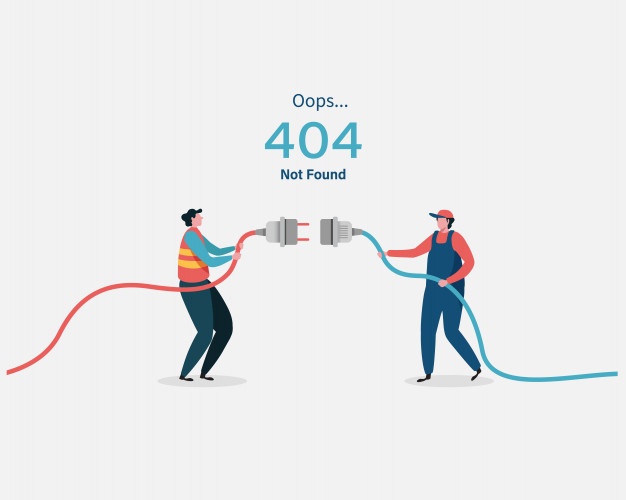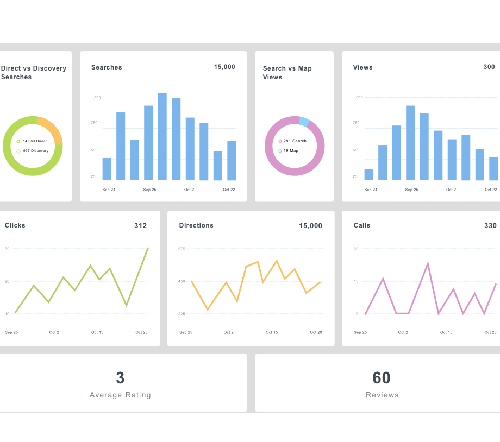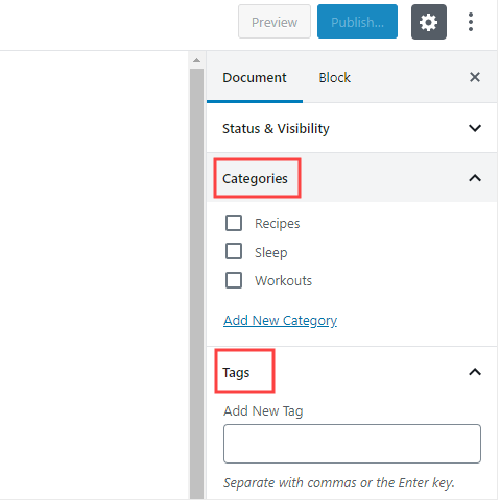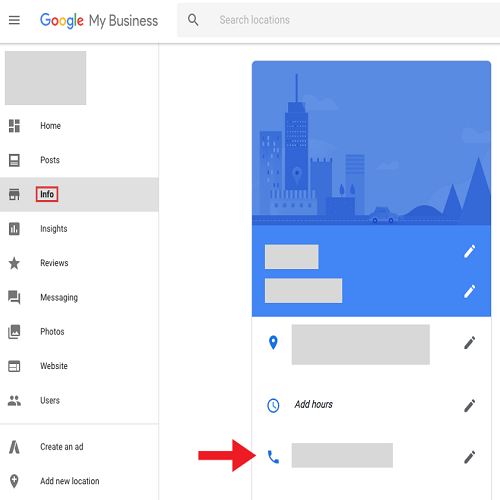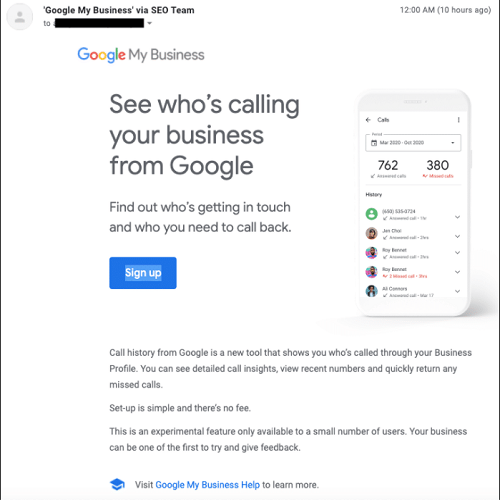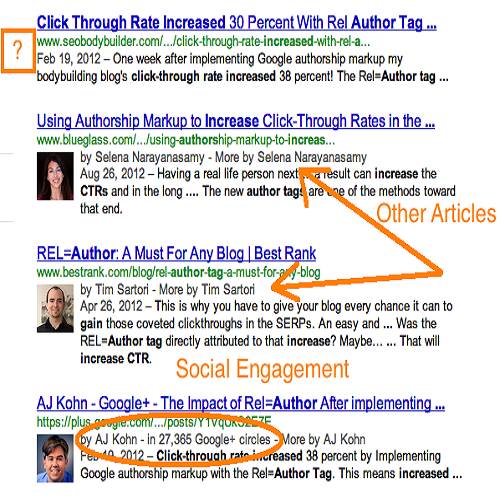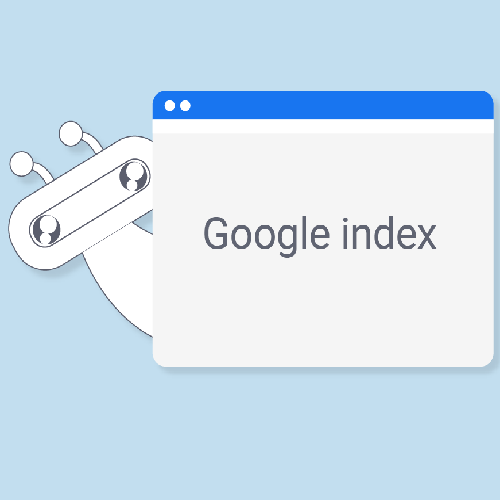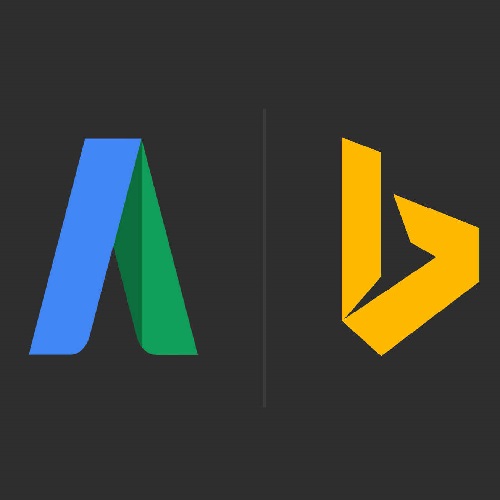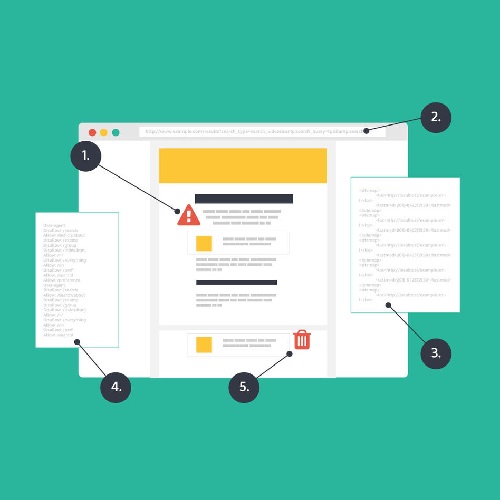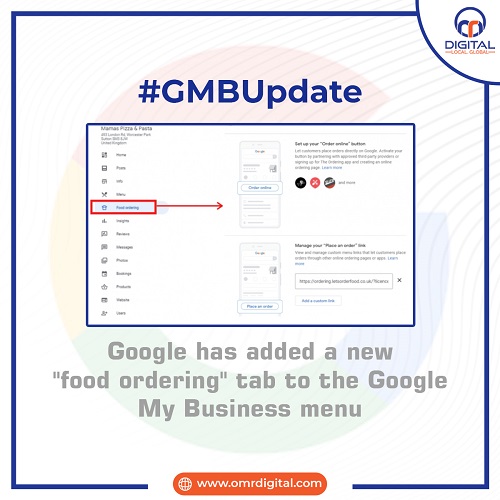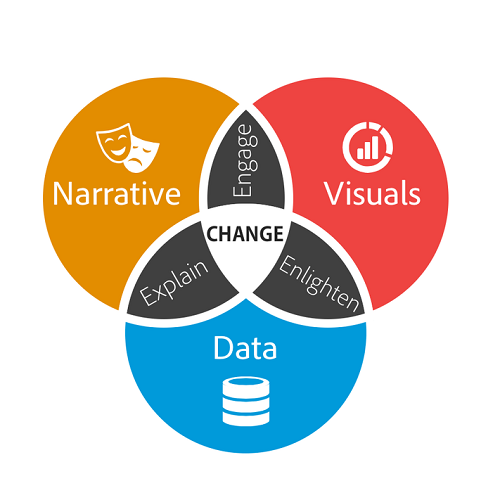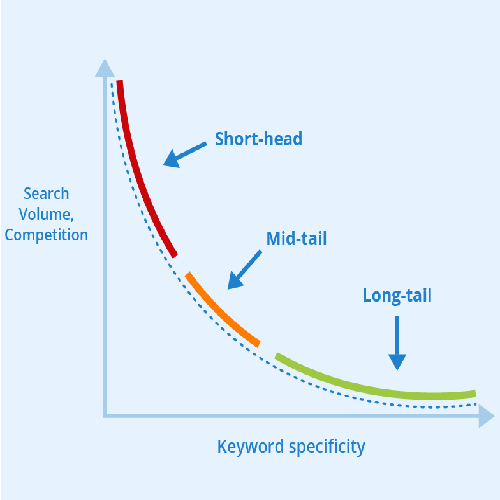
Contact Us
Related Posts
Category
Head keywords and long-tail keywords are the two types of keywords used in SEO. Long-tail keywords account for over 70% of search queries, whereas head keywords account for 30%.
If you don’t use long-tail keywords, you’re losing out on 70 percent of search traffic.
Head keywords are more difficult to rate for. Since larger brands compete with your website for short-tail or head keywords, it takes a lot of time and effort to outrank your competitors.
Long-tail keywords, on the other hand, are easier to rank for because they cover narrow topics for which few people publish. There is less competition, you don’t have to worry about bigger brands outranking you, and you can easily increase your site’s traffic.
What Are Long-Tail Keywords, and Why Do You Use Them?
Long-tail keywords are 3-5-word phrases that have a low search volume and are used to drive related traffic to a website. Instead of mainstream audiences, they focus on niche markets.
Long-tail keywords include phrases such as:
- Green stripes on white Adidas shoes
- I’m looking for my Windows product key, but I can’t seem to find it anywhere.
- April’s top hill stations
- In the summer, how do you style a denim jacket?
- White polka-dot dress in red
Long-tail keywords’ main goal is to match the searcher’s exact purpose and provide them with the most relevant information as quickly as possible. People are being very precise about their needs as they use long-tail keywords in their search queries. As a result, placing your website at the top of the search results for those unique keywords increases your conversion chances.
Difference between long Tail and Short Tail Keywords
When comparing short-tail and long-tail keywords, long-tail is clearly the winner because it has:
- Low levels of rivalry
- High Focus
- The conversion rate is very high
The 9 Most Important Reasons Why Long-Tail Keywords Are Beneficial to SEO
The following are the main reasons why long-tail keywords should be used in your SEO campaign:
- It’s Easier to Rank For Long-Tail Keywords
Long-tail keywords are easier to rank for, which is one of the main benefits they have. Since there is less competition, they are more straightforward to rate for.Since there are fewer pages vying for long-tail keywords, if your page has user-intent-focused unique content and a few quality links, it will easily rank at the top.
- They’re Intent-Rich and Help with Conversions
Long-tail keywords transform 2.5 times better than head keywords, which is no surprise: Long-tail keywords often target a specific user purpose.
A person who searches for “buy dresses” on Google isn’t sure what he or she wants. As a result, the likelihood of converting from such keywords is low.
On the other hand, anyone searching for “buy mens t-shirt under $100” is very particular about what he or she wants, and the conversion rate for such keywords is always high. That’s why a long-tail keyword’s average conversion rate is around 36%.
- Long-Tail Keywords Actually Assist The Website in Ranking for Shorter Keywords
Many SEOs aren’t aware of this, but long-tail keywords will help head keywords rank faster. What makes you think this is possible?
Long-tail keywords allow your site to rank for a greater number of niche-specific keywords, resulting in increased traffic.
- They’re Ideal for Niche Markets That Are Extremely Competitive
If you’re in a widely successful industry like travel, shopping, or food, you’re up against Expedia, Amazon, the Food Network, and other global brands.
In that case, your site won’t be able to rank for head keywords right away because you’ll need to build site authority by adding pages and acquiring high-authority links. This will be a months-long operation.
So, how can you show your client your SEO results? Long-tail keywords are an excellent option.You can promote your site using a collection of long-tail keywords specific to your niche:
You’ll soon be able to rank for less competitive long-tail keywords, and traffic will begin to flow to your website. You and your client will both be pleased!
- Long-Tail Keywords Drive Your Blog Content
The popularity of content marketing is well-known in the industry, and SEO and content go hand-in-hand.
Your blog is the most powerful force behind content marketing’s complete success. Long-tail keywords should be considered when thinking about blogs.
More traffic can be attracted by blogging 20 or more times a month. Check out the graph below to see how blog posts affect inbound traffic. If you have 401+ blog posts, the traffic nearly doubles:
Niche blogs perform well and attract high-value traffic that converts quickly. The best keywords to target on your blog are long-tail keywords. Simply study some of the industry’s best long-tail keywords and write high-quality blog posts about them.
Your website can receive a lot of relevant traffic simply by adopting this technique of publishing blog posts that concentrate on long-tail keywords.
- Long-Tail Keywords Aid in Voice Search Positioning
The future of SEO is voice search. By 2020, about 30% of all searches will be performed without the use of a tablet:
Long-tail keywords are the way to go when it comes to optimizing voice search. Why is that? A long-tail keyword is one that is composed of 4-5 terms or more.
When using Google Assistant, Siri, or Amazon Echo, users will ask questions like “Which is the world’s highest mountain “Where can I find the best shoe stores in my area?” “Can you tell me how to make a chocolate cake?” “Can you show me how to set up a tripod?” and so forth.
These are naturally long-tail requests, and if you start optimising your website for them now, you’ll start ranking first for voice searches in the future.
- They assist you in obtaining Featured Snippets for your website.
Featured snippets are known as “answer boxes.” Your chances of featuring in the featured snippet increase when you optimise your website for long-tail keywords.
Long-tail keywords, which are more likely to return a featured snippet, can be compiled using query searches.
You may make a list of long-tail keywords based on query searches, as these are more likely to return a featured snippet. Improve the relevancy of your website’s content to rate it in featured snippets.
According to an Ahrefs report, the featured snippet receives 8.6% of clicks, implying that if you can make it to the featured snippet, you can easily gain around 8% more search traffic with each long-tail keyword.
- Keywords with a Long Tail Boost Your Link-Building Prospects
As your website begins to receive more traffic, your chances of obtaining links improve as well.
According to Search Engine People, the first SERP result receives approximately 33% of clicks, the second position receives approximately 15%, and the third position receives approximately 9%.
Consider the following scenario: you write 100 blog posts about long-tail keywords, and they begin to rank in the top ten results. Slowly but steadily, you begin to see an increase in site traffic.
People are constantly searching for, clicking on, and linking back to your pages that rank in the top 10, particularly under the top three positions. As a result, they will naturally acquire more links.
- Long-tail keywords provide a high volume of searches.
According to a report by Ahrefs of 1.9 billion keywords, about 29.13 percent of keywords with 10,001+ monthly searches have three or more terms, indicating that long-tail keywords aren’t as poor in search volume as most SEOers believe.
To boost your SEO strategy and increase conversions, you can quickly compile a list of high-volume long-tail keywords.
Long-Tail Keywords: How to Find Them
For finding the best long-tail keywords for your SEO campaign, use the following resources:
1) Use Google’s Autocomplete and Related Searches features.
To find long-tail keywords, use Google autocomplete or similar searches. This is probably my preferred method for locating relevant long-tail queries.
Simply type your main money keyword into Google and look at the results.
Whatever the industry, Google autocomplete and related searches are still the best way to find important and high-quality keywords.
2) Seek assistance from Quora.
Quora is a wealth of knowledge. The fact that the content on Quora is written by users ensures that it is both valid and original.
Simply look for questions on Quora using your main keyword. You’ll be surprised by how many important long-tail question-based keywords related to your niche you’ll find.
In addition, based on your search history, Quora suggests the most commonly asked questions by people interested in your industry.
3) Use Ubersuggest or the Public Questionnaire
Ubersuggest and Answer the Public are two fantastic keyword research tools that allow you to quickly find important long-tail keywords.
The best thing is that you can use any of these resources for free. Answer the Public shows all of the question-based keywords that your potential customers might type into Google, while Ubersuggest shows all long-tail keywords, whether or not they are question-based.
Simply go to Ubersuggest and type in your main money keyword in the search bar, then click “Keyword Ideas” on the left hand side to see a list of some relevant long-tail keyword ideas, as well as whether or not they are easy to rank for.
4) Take advantage of Ahrefs’ Site Explorer.
Another excellent method for locating profitable long-tail keywords is Ahrefs Site Explorer.
Log into Ahrefs and look for the domain of your nearest competitor. Go to the left sidebar and click on “organic keywords report.” Use a filter to only show keywords with low search volumes. This is a quick and easy way to discover long-tail keywords that your rivals rate for but you don’t.
5) Look over your own website’s statistics.
Using Google Analytics, determine which keywords your website currently ranks for.
After logging into Google Analytics, click Acquisition > All Traffic > Source/Traffic. You’ll see a list of long-tail keywords for which your website has already ranked when you choose “Organic.”
There are some excellent keywords to target in order to keep your site at the top of the search engine results.

Head keywords and long-tail keywords are the two types of keywords used in SEO. Long-tail keywords account for over 70% of search queries, whereas head keywords account for 30%.
If you don’t use long-tail keywords, you’re losing out on 70 percent of search traffic.
Head keywords are more difficult to rate for. Since larger brands compete with your website for short-tail or head keywords, it takes a lot of time and effort to outrank your competitors.
Long-tail keywords, on the other hand, are easier to rank for because they cover narrow topics for which few people publish. There is less competition, you don’t have to worry about bigger brands outranking you, and you can easily increase your site’s traffic.
What Are Long-Tail Keywords, and Why Do You Use Them?
Long-tail keywords are 3-5-word phrases that have a low search volume and are used to drive related traffic to a website. Instead of mainstream audiences, they focus on niche markets.
Long-tail keywords include phrases such as:
- Green stripes on white Adidas shoes
- I’m looking for my Windows product key, but I can’t seem to find it anywhere.
- April’s top hill stations
- In the summer, how do you style a denim jacket?
- White polka-dot dress in red
Long-tail keywords’ main goal is to match the searcher’s exact purpose and provide them with the most relevant information as quickly as possible. People are being very precise about their needs as they use long-tail keywords in their search queries. As a result, placing your website at the top of the search results for those unique keywords increases your conversion chances.
Difference between long Tail and Short Tail Keywords
When comparing short-tail and long-tail keywords, long-tail is clearly the winner because it has:
- Low levels of rivalry
- High Focus
- The conversion rate is very high
The 9 Most Important Reasons Why Long-Tail Keywords Are Beneficial to SEO
The following are the main reasons why long-tail keywords should be used in your SEO campaign:
- It’s Easier to Rank For Long-Tail Keywords
Long-tail keywords are easier to rank for, which is one of the main benefits they have. Since there is less competition, they are more straightforward to rate for.Since there are fewer pages vying for long-tail keywords, if your page has user-intent-focused unique content and a few quality links, it will easily rank at the top.
- They’re Intent-Rich and Help with Conversions
Long-tail keywords transform 2.5 times better than head keywords, which is no surprise: Long-tail keywords often target a specific user purpose.
A person who searches for “buy dresses” on Google isn’t sure what he or she wants. As a result, the likelihood of converting from such keywords is low.
On the other hand, anyone searching for “buy mens t-shirt under $100” is very particular about what he or she wants, and the conversion rate for such keywords is always high. That’s why a long-tail keyword’s average conversion rate is around 36%.
- Long-Tail Keywords Actually Assist The Website in Ranking for Shorter Keywords
Many SEOs aren’t aware of this, but long-tail keywords will help head keywords rank faster. What makes you think this is possible?
Long-tail keywords allow your site to rank for a greater number of niche-specific keywords, resulting in increased traffic.
- They’re Ideal for Niche Markets That Are Extremely Competitive
If you’re in a widely successful industry like travel, shopping, or food, you’re up against Expedia, Amazon, the Food Network, and other global brands.
In that case, your site won’t be able to rank for head keywords right away because you’ll need to build site authority by adding pages and acquiring high-authority links. This will be a months-long operation.
So, how can you show your client your SEO results? Long-tail keywords are an excellent option.You can promote your site using a collection of long-tail keywords specific to your niche:
You’ll soon be able to rank for less competitive long-tail keywords, and traffic will begin to flow to your website. You and your client will both be pleased!
- Long-Tail Keywords Drive Your Blog Content
The popularity of content marketing is well-known in the industry, and SEO and content go hand-in-hand.
Your blog is the most powerful force behind content marketing’s complete success. Long-tail keywords should be considered when thinking about blogs.
More traffic can be attracted by blogging 20 or more times a month. Check out the graph below to see how blog posts affect inbound traffic. If you have 401+ blog posts, the traffic nearly doubles:
Niche blogs perform well and attract high-value traffic that converts quickly. The best keywords to target on your blog are long-tail keywords. Simply study some of the industry’s best long-tail keywords and write high-quality blog posts about them.
Your website can receive a lot of relevant traffic simply by adopting this technique of publishing blog posts that concentrate on long-tail keywords.
- Long-Tail Keywords Aid in Voice Search Positioning
The future of SEO is voice search. By 2020, about 30% of all searches will be performed without the use of a tablet:
Long-tail keywords are the way to go when it comes to optimizing voice search. Why is that? A long-tail keyword is one that is composed of 4-5 terms or more.
When using Google Assistant, Siri, or Amazon Echo, users will ask questions like “Which is the world’s highest mountain “Where can I find the best shoe stores in my area?” “Can you tell me how to make a chocolate cake?” “Can you show me how to set up a tripod?” and so forth.
These are naturally long-tail requests, and if you start optimising your website for them now, you’ll start ranking first for voice searches in the future.
- They assist you in obtaining Featured Snippets for your website.
Featured snippets are known as “answer boxes.” Your chances of featuring in the featured snippet increase when you optimise your website for long-tail keywords.
Long-tail keywords, which are more likely to return a featured snippet, can be compiled using query searches.
You may make a list of long-tail keywords based on query searches, as these are more likely to return a featured snippet. Improve the relevancy of your website’s content to rate it in featured snippets.
According to an Ahrefs report, the featured snippet receives 8.6% of clicks, implying that if you can make it to the featured snippet, you can easily gain around 8% more search traffic with each long-tail keyword.
- Keywords with a Long Tail Boost Your Link-Building Prospects
As your website begins to receive more traffic, your chances of obtaining links improve as well.
According to Search Engine People, the first SERP result receives approximately 33% of clicks, the second position receives approximately 15%, and the third position receives approximately 9%.
Consider the following scenario: you write 100 blog posts about long-tail keywords, and they begin to rank in the top ten results. Slowly but steadily, you begin to see an increase in site traffic.
People are constantly searching for, clicking on, and linking back to your pages that rank in the top 10, particularly under the top three positions. As a result, they will naturally acquire more links.
- Long-tail keywords provide a high volume of searches.
According to a report by Ahrefs of 1.9 billion keywords, about 29.13 percent of keywords with 10,001+ monthly searches have three or more terms, indicating that long-tail keywords aren’t as poor in search volume as most SEOers believe.
To boost your SEO strategy and increase conversions, you can quickly compile a list of high-volume long-tail keywords.
Long-Tail Keywords: How to Find Them
For finding the best long-tail keywords for your SEO campaign, use the following resources:
1) Use Google’s Autocomplete and Related Searches features.
To find long-tail keywords, use Google autocomplete or similar searches. This is probably my preferred method for locating relevant long-tail queries.
Simply type your main money keyword into Google and look at the results.
Whatever the industry, Google autocomplete and related searches are still the best way to find important and high-quality keywords.
2) Seek assistance from Quora.
Quora is a wealth of knowledge. The fact that the content on Quora is written by users ensures that it is both valid and original.
Simply look for questions on Quora using your main keyword. You’ll be surprised by how many important long-tail question-based keywords related to your niche you’ll find.
In addition, based on your search history, Quora suggests the most commonly asked questions by people interested in your industry.
3) Use Ubersuggest or the Public Questionnaire
Ubersuggest and Answer the Public are two fantastic keyword research tools that allow you to quickly find important long-tail keywords.
The best thing is that you can use any of these resources for free. Answer the Public shows all of the question-based keywords that your potential customers might type into Google, while Ubersuggest shows all long-tail keywords, whether or not they are question-based.
Simply go to Ubersuggest and type in your main money keyword in the search bar, then click “Keyword Ideas” on the left hand side to see a list of some relevant long-tail keyword ideas, as well as whether or not they are easy to rank for.
4) Take advantage of Ahrefs’ Site Explorer.
Another excellent method for locating profitable long-tail keywords is Ahrefs Site Explorer.
Log into Ahrefs and look for the domain of your nearest competitor. Go to the left sidebar and click on “organic keywords report.” Use a filter to only show keywords with low search volumes. This is a quick and easy way to discover long-tail keywords that your rivals rate for but you don’t.
5) Look over your own website’s statistics.
Using Google Analytics, determine which keywords your website currently ranks for.
After logging into Google Analytics, click Acquisition > All Traffic > Source/Traffic. You’ll see a list of long-tail keywords for which your website has already ranked when you choose “Organic.”
There are some excellent keywords to target in order to keep your site at the top of the search engine results.








































